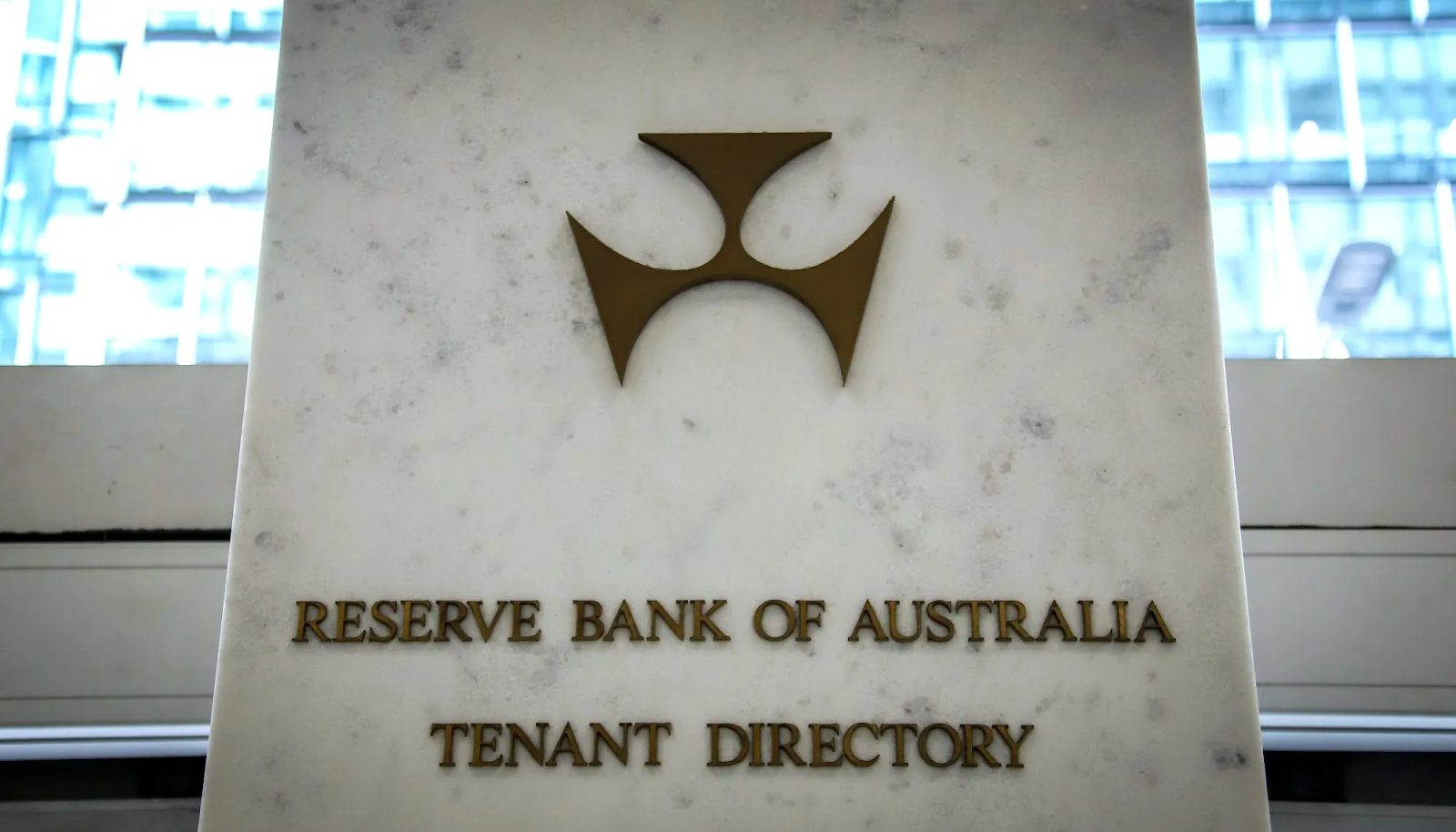The first step in mastering the art of delivering powerful presentations is understanding how to start a presentation properly.
In this post, you’ll discover strategies for crafting a solid presentation opening, designing an impactful opening slide, and delivering a memorable presentation.
![→ Free Download: 10 PowerPoint Presentation Templates [Access Now]](https://no-cache.hubspot.com/cta/default/53/2d0b5298-2daa-4812-b2d4-fa65cd354a8e.png)
Table of Contents
Why Your Presentation Opening Matters
The opening of your presentation sets the tone for your entire session.
Within the first few minutes, most of your audience will decide whether they find your expertise, experience, and topic compelling enough to warrant their attention.
Think of it this way: Your opening is a preview of your presentation like a trailer is a preview of a movie. If the five-minute trailer isn’t engaging or impactful, why should the audience bother sitting through the half-hour movie?
Your opening shapes the expectations of your audience and entices them to stay engaged throughout the session.
And although you’ll still need to work to maintain their attention, getting it right from the start will spare you the challenge of re-engaging a disinterested audience right from the beginning of your presentation.
How to Start a Presentation
While there isn’t a one-size-fits-all approach to starting a presentation, successful presentations across all niches share common denominators contributing to their effectiveness.
In this section, you’ll learn four essential strategies these presentations leverage and how to incorporate them into your next presentation opening.
1. Lead with an attention-grabbing opener.
Capturing the audience’s attention is one of the most important yet challenging tasks speakers face when starting a presentation. Here are some real-world strategies that make this task a bit easier.
Incite curiosity.
In Phil Waknell’s TedTalk, titled “The 3 Magic Ingredients of Amazing Presentations,“ he opens with an interesting statement: ”Most people who come to speak at Ted are here because they‘ve succeeded. I’m here because I haven’t.”
This opening statement is powerful because rather than lead with his “credentials” or “accolades,” as the audience most likely expects, he defies that expectation.
He creates a sense of intrigue that instantly piques the audience’s curiosity and compels them to pay closer attention.
Infuse humor.
In Tom Thum’s TedTalk titled Beatbox Brilliance, he sets a lighthearted tone by stepping on stage wearing oversized sunglasses and declaring, “My name is Tom, and I’ve come here today to come clean about what I do for money.”
As you might expect, this humorous approach not only elicits laughter but also surprises the audience, who are intrigued and pleasantly surprised at the tone he sets for the presentation.
Ask a question.
Graham Shaw’s presentation titled “Why people believe they can’t draw – and how to prove they can” begins with, “Hi, I’ve got a question for you – how many people here would say they can draw?”
Seeing as this is a relatively lighthearted question that’s simple to answer, the audience responds immediately.
Now, what makes this a powerful opening technique is that Graham then goes on to say:
“When people say they can’t draw, I think it’s more to do with beliefs rather than talent and ability. When you say you can’t draw, that’s just an illusion, and today I’d like to prove that to you.”
By immediately challenging a widely held belief among the audience and promising to debunk it during the presentation, he employs a powerful technique that keeps the audience fully engaged.
This approach makes the audience feel “invested” in the outcome of the presentation and curious as to whether he can back up his claim.
2. Tell your audience why they should be listening to you.
Getting your audience’s attention is just one part of the equation. Once you have it, you must also explain why they should “keep” listening to you. Here are some ways to do this:
Highlight relevant personal experience.
In Phil Waknell’s opening section, he talks about how he’s spent the last ten years helping conference speakers, business leaders, and entrepreneurs prepare and deliver powerful presentations.
This immediately signals to the audience that he’s someone worth listening to and positions him as a credible source of insights based on the wealth of experience he has gathered.
Highlight your expertise.
During the opening section of Dr. Lara Boyd’s presentation titled “After watching this, your brain will not be the same,” she says, “I’m Dr. Lara Boyd, and I’m a brain researcher here at the University of British Columbia.”
Sharing her credentials as a brain researcher is crucial to gaining her audience’s trust — especially considering the technicality of her topic.
But even while creating presentations outside fields like brain research, sharing qualifications and credentials in your opening section can be a powerful technique.
This helps you position yourself as a credible authority and reinforcing your audience’s confidence in your ability to deliver valuable information.
Tell your audience what’s in it for them.
In Mel Robbins’ opening section for her presentation titled “How to stop screwing yourself over,” she ends her introduction by saying:
“I’m here for you. I’m going to tell you everything I know in less than 18 minutes about how to get what you want.”
Although she started the section by highlighting her experiences and expertise, she went further by explicitly stating the benefits her audience can expect from her presentation.
Doing this is a great way to create a compelling reason for your audience to invest their time and attention and emphasize the value of the presentation you’re about to deliver.
3. Introduce your topic.
If your topic is relatively simple to grasp or your audience is particularly knowledgeable, introducing your topic can be as easy as “Today, I’m going to be talking to you about how we’ve built a six-figure software company in 6 months.”
However, if your topic is more complex or unfamiliar to the audience, you must do a bit more heavy lifting in your opening section.
For example, Sam Bern’s “My philosophy for a happy life” presentation discusses how he lives a happy life despite having Progeria disease.
However, because this condition might be unfamiliar to some audience members, he takes some time in his opening section to talk about the illness before delving into the meat of his presentation.
Similarly, if you’re presenting on a complex topic or to an audience that isn’t knowledgeable, it’s essential to consider this when crafting your opening section.
4. Leverage storytelling.
Stories can create immersive experiences that captivate the audience and convey a core message.
For example, in the opening section of Sam Bern’s presentation, he tells a story about his struggles while trying to achieve his goal of becoming a drummer in his school marching band, despite living with Progeria disease.
This sets the tone for his entire presentation by conveying an inspiring message of fighting against and succeeding despite the odds.
Another great example is the opening section of Josh Kaufman’s presentation, titled “The First 20 Hours — how to learn anything,” where he tells a story about his experience as a time-strapped first-time parent.
This story enhances the presentation as Josh eventually shares that this experience triggered his interest in studying how to become an efficient learner.
Finally, Amy Morins’s presentation “The Secret of Becoming Mentally Strong” is another excellent example of leveraging storytelling.
Amy starts her presentation with a thought-provoking story about observing a Facebook friend’s seemingly perfect life.
She then highlights how such comparisons can lead to negative thought patterns and emphasizes the importance of cultivating mental resilience.
This relatable story not only resonates with her audience but also sets the stage for her message on building inner strength.
All these presentations are great examples that highlight how incorporating story-telling in your openings can be a powerful tool for creating memorable and impactful presentations.
Opening Slide Examples
Your presentation slides play a crucial role in determining the impact and effectiveness of your presentation.
In this section, you’ll find examples of 8 powerful opening slides across various use cases that not just support but enhance the presentation openings:
1. “Blackboard is Getting an Upgrade”
Image Source
This is the opening slide of a presentation to inform and educate instructors about significant changes to the teaching infrastructure.
What we like: Change can be uncomfortable, especially when modifying essential infrastructure. That’s why it’s important to directly confront why the change is happening right from the beginning of the presentation.
Best for: Presentations that tackle significant changes, especially those that may evoke discomfort and directly impact the audience.
2. “Exploring ChatGPT for Effective Teaching and Learning”
Image Source
This is the opening slide of a presentation that teaches instructors how to use ChatGPT to engage and support their students.
What we like: This opening slide effectively sets the tone for the presentation by capturing the audience’s attention with a compelling hook and impactful image.
The phrase “ChatGPT is a disruptive, emerging technology,” paired with the striking image of a glaring red button, conveys the magnitude and importance of this emergent technology and piques the audience’s curiosity from the start.
Best for: Presentations that explore trends or topics that are new, cutting-edge, or even controversial.
3. “State of the Cloud 2023—The AI era”
Image Source
This is the opening slide of a presentation that explores the impact of the “AI era” and the “cloud economy” on the financing ecosystem.
What we like: This is another excellent example of opening a presentation with an attention-grabbing hook.
“Living in the multiverse” is an unsettling but fascinating idea that immediately captures the audience’s attention and sets the stage for a thought-provoking presentation.
Best for: Presentations that introduce new or disruptive ideas to your audience and require their full attention and curiosity.
4. “2022 Women in the Workplace”
Image Source
This is the opening slide of a briefing on the key findings from McKinsey & Company’s “2022 Women in the Workplace study.”
What we like: This opening slide is excellent because it provides a wealth of supporting data instead of immediately delving into the study’s findings.
Sharing details, such as the number of participants and the study‘s methodology, not only strengthens the credibility of the research — it primes the audience by addressing the crucial question of why they should care about the study’s results.
Best for: Presentations that deliver vital findings that require additional context for the audience to appreciate their relevance fully.
5. “13 things you didn’t know you could do with the S Pen.”
Image Source
This is the opening slide of a presentation discussing the upgraded functionality of the Samsung Galaxy Note’s stylus — the S Pen.
What we like: Right from the opening slide, this presentation addresses the core problem it aims to solve – users not taking full advantage of the S Pen’s capabilities.
It is also designed to speak directly to the user by explicitly calling out the most common use cases in the first sentence, “The S Pen isn’t just great writing and sketching.”
Best for: Presentations that introduce a new product/offering or reintroduce a revamped product/offering.
6. “About Indegene”
Image Source
This is the opening slide of an introductory presentation by a health-tech company called Indegene.
What we like: This presentation by Indegene hits the mark right from the opening slide. It skillfully uses the “what,” “why,” and “how” questions to succinctly convey the company’s identity, offerings, and target audience, all within a single panel.
It then uses the other panel to establish credibility by highlighting the company’s impressive customer base.
Best for: Presentations that require “selling” your product or company to the audience. Some examples include sales meetings and investor pitches.
7. “Future of Trade 2021”
Image Source
This is the opening slide for a presentation on the fourth edition of the Dubai Multi Commodity Centre’s flagship report, “The Future of Trade.”
What we like: Unlike McKinsey’s briefing presentation, this opening slide uniquely establishes credibility by relying on the reputation of the presenting organization, DMCC, and the extensive research conducted over the past four years.
This alternative method of establishing credibility is beneficial when report findings aren’t derived from externally collected data, such as surveys, but instead rely on the organization’s expertise in understanding and analyzing trends.
Best for: Presentations that deliver findings based on “expert analysis.”
8. “ChatGPT”
Image Source
This is the opening slide of a presentation explaining what ChatGPT is and how writers can use it.
What we like: This opening slide uses a straightforward approach that immediately addresses the audience‘s questions right from the presentation’s start.
This approach is effective because the primary objective of the presentation is to educate the audience about an emerging and unfamiliar technology — artificial intelligence chatbots.
Addressing this goal directly from the opening slide is a great way to capture the audience’s attention and set the tone for a valuable and informative session.
Best for: Educational presentations that introduce new or unfamiliar concepts or ideas.
Best Practices for Starting a Presentation
Now that you understand how to structure your presentation opening, it’s time to cover some best practices to help you deliver these openings effectively.
In this section, you’ll learn five strategies for creating a truly impactful introduction.
1. Embrace the power of silence.
Avoid succumbing to the pressure to fill every moment with words. Instead, allow your audience time to digest and process the information you deliver.
Although rushing through your opening section may be tempting, remember that this is where you set the tone for your entire presentation, so you must project confidence and control over your delivery.
2. Engage with the audience.
You must connect and engage with your audience from the start to deliver a powerful presentation.
Using the stage to your advantage is a great way to do this. Right from the moment you step on stage, you want to make sure you’re moving around and, more importantly, physically facing different sections of the audience.
This is an excellent strategy for quickly creating an inclusive environment where everyone feels involved.
Making eye contact is another great way to engage with your audience at the start of your presentation.
Doing this helps create a connection that feels “personal” and communicates that you value each individual’s presence in the room.
Finally, acknowledging and responding to audience cues and feedback is a great strategy to encourage attentiveness and engagement.
A great tip is to actively solicit audience participation by asking a question at the start of your presentation.
3. Don’t be afraid to use humor.
Humor is a simple yet effective strategy to immediately capture your audience’s attention — especially if they’ve already sat through multiple presentations.
For example, at the start of Tom’s presentation, he playfully says, “I’m very stoked to be here today representing my kinfolk and all those that haven’t managed to make a career out of an innate ability for inhuman noise-making.”
Another (less dramatic) example can be seen in Pablos Holman’s intro section, where he adds humor by sharing funny computer screenshots while discussing hacking into a fellow hotel guest’s computer.
Although these are very different methods of injecting humor at the start of a presentation, they show how infusing humor can be a powerful tool for adding a touch of personality and creating a more enjoyable presentation for the audience.
4. Keep it short and sweet.
While it’s important not to rush through the start of your presentation, keeping your opening concise is equally important. But remember, concise does not mean sacrificing substance; it simply means delivering information efficiently.
Essentially, you want an opening section that allows you to create a solid initial impression without losing the audience’s interest.
So, how long should this opening secretion be?
Most successful presentation openings are under three minutes, and many are shorter, often clocking in at under one minute.
5. Embrace authenticity.
Contrary to popular belief, there isn’t a specific personality that makes someone a better presenter. In fact, the most impactful presentations have been delivered by individuals with diverse characters.
Take, for instance, the contrasting styles of Tom Thum’s irreverent humor and animated mannerisms and Sam Bern, who adopts a relaxed and conversational approach. Despite their differences, both speakers have garnered millions of views for their talks.
So, rather than emulating or mimicking their presentations, the key takeaway is to embrace authenticity.
Allow your personality to shine through, lean on your strengths, and be human in your delivery.
Mastering the Art of Captivating Presentations
Starting a presentation is a skill that is as much an art as it is a science. Thankfully, it is also a skill that can be learned and honed.
By implementing the strategies in this guide and refining them through experience, you’ll become a master at delivering impactful presentations that command attention and leave a lasting impression.
All from the moment you step onto the stage.
![Blog - Beautiful PowerPoint Presentation Template [List-Based]](https://no-cache.hubspot.com/cta/default/53/013286c0-2cc2-45f8-a6db-c71dad0835b8.png)
Credit: Source link

![How to Start a Presentation [+ Examples] How to Start a Presentation [+ Examples]](https://blog.hubspot.com/hubfs/how-to-start-presenting.webp#keepProtocol)









